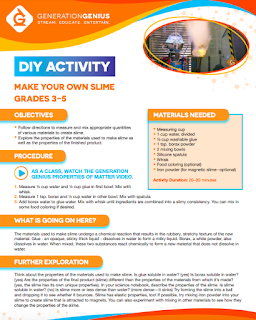The Tree Map is a tool for classifying or sorting things and ideas into categories, and for grouping main ideas and details.
To construct a Tree Map, the title (topic or main idea) will be written on a line. A "connection line" will come down from title and connect to individual sub-categories or supporting ideas. Below each sub-category or supporting idea add lines for the specific members of the category or specific details for the supporting ideas.
Some guiding questions for a Tree Map could be:
* How would you group this information?
* Can you sort these objects into groups?
* What are the ideas and details that support your main idea?
* What are the members of this category?
* Do some of the items fit into more than one category?
* Is there another way to categorize these things (according to a different frame of reference)?
Adding a "Frame of Reference" to the Tree Map gives it the final parameters. A few ways to frame could be:
* How do you know what you know about these categories?
* What resources did you use to gather the main idea and supporting details about this topic?
* Is one source better than another for this information?
* Does a certain point of view influence how you have classified this information?


























